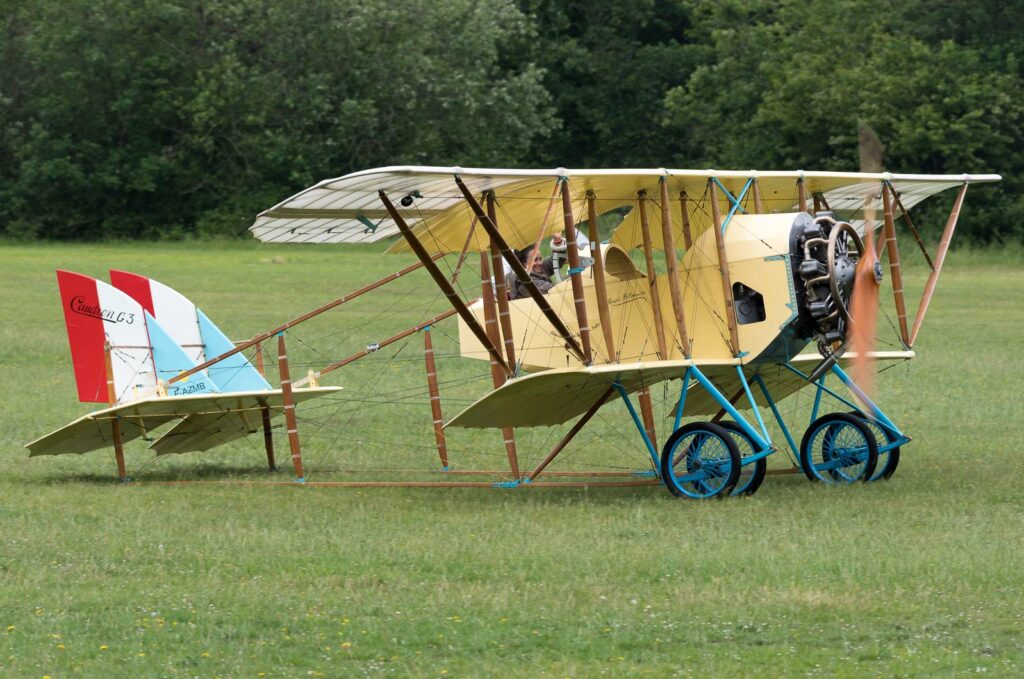Unravel the history, design, performance, and military significance of the Caudron G.3, a pivotal reconnaissance aircraft from World War I. Discover its impact on early aviation.
The Caudron G.3 stands as a significant aircraft during the early stages of World War I. Developed for the evolving need of aerial reconnaissance, its unique design, commendable performance, and pivotal military role paved its legacy in aviation history. With the dawn of World War I, the role of aviation in warfare began to evolve rapidly. Among the aircraft that emerged in this transformative period was the Caudron G.3, serving primarily as a reconnaissance and training aircraft.
History of the Development of the Caudron G.3
As the global landscape shifted towards war in the early 20th century, the strategic value of aerial reconnaissance became more pronounced. Realizing this demand, the French aviation company Caudron started developing an aircraft tailored for this role. The result was the Caudron G.3.
First flown in May 1914, this aircraft quickly became an integral part of the French aerial fleet. Its easy-to-fly nature and stable design made it an instant favorite among aviators.
It’s noteworthy that the Caudron G.3 did not have a NATO nickname. NATO, being established in 1949, came long after the era of the Caudron G.3.
Design of the Caudron G.3
The Caudron G.3 boasted a distinctive design with a twin-boom layout and a forward-mounted crew nacelle. With a wingspan of about 43 feet (13.1 meters) and a length of approximately 23 feet (7 meters), it was reasonably compact.
Constructed primarily of wood and fabric, it featured a three-bay wing configuration that provided stability during flight. One of the unique aspects of its design was the open cockpit, offering an unobstructed view – vital for reconnaissance.
However, this design had drawbacks. The open cockpit exposed the crew to harsh weather conditions and potential enemy fire. Additionally, its construction materials made it vulnerable to incendiary bullets.

Performance of the Caudron G.3
Equipped with an Anzani 10 or Le Rhône 9C rotary engine, the Caudron G.3 produced around 80 horsepower. It achieved a top speed of nearly 65 mph (105 km/h) with a service ceiling of about 16,400 feet (5,000 meters) and a range of approximately 200 miles (320 km).
Compared to other reconnaissance planes of its time, the Caudron G.3’s performance was modest. It wasn’t the fastest, but its stability, especially at low altitudes, made it suitable for observation missions.
Military Use and Combat of the Caudron G.3
Primarily used for reconnaissance, the Caudron G.3 was initially unarmed. As the war progressed and the threats increased, some were equipped with a light machine gun for defense. Others were fitted with mounts to drop small bombs.
During its service in WWI, it primarily operated over the Western Front, partaking in critical reconnaissance missions. The aircraft faced competition from the German LVG C.II and Albatros C.I, among others.
While the Caudron G.3 served multiple nations, including Belgium and Italy, its frontline use declined post-1916 due to advancements in enemy aircraft. By war’s end, it was mainly relegated to training roles.
The Caudron G.3’s contribution to WWI cannot be understated. While not the most formidable in combat, its role in reconnaissance was paramount. Serving as the eyes of the Allied forces, it epitomized the spirit of innovation and adaptation in a rapidly changing warfare landscape.
Back to the Spy Planes section.